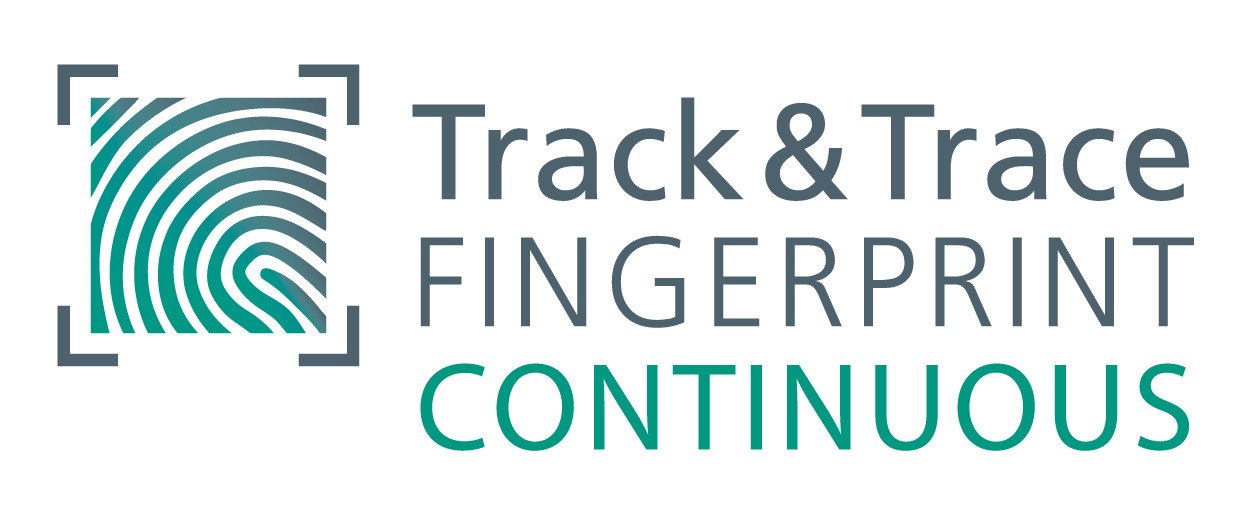
Millimeter accuracy even at high feed rates
To ensure continuous quality assurance, linking process data with individual material sections is essential. When it comes to the production and processing of metal blank rolls, feed rates beyond 1000 m/min are not uncommon; in electrode production, the coating processes feed rates already exceed 50 m/min, with 100 m/min expected in the near future. Track & Trace Fingerprint Continuous allows process data to be matched to a position with millimeter precision – even at a high feed rate. This makes tracing continuous material reliably possible.
Marker-free: identification based on surface microstructure
Applying markers, such as laser engravings, data matrix codes or colored markings adds time to the production process. What’s more, these types of markers are too large, too expensive or unsuitable for safety-relevant sections.
To determine the position, Track & Trace Fingerprint Continuous uses existing material properties: the microstructure of the surface. A few square millimeters are usually sufficient, and a camera system is used to capture them during the production process. The camera image is then converted into a reduced bit sequence – the fingerprint. It is assigned an ID and stored in a database. This ID can be used to retrieve the strip position or other process parame[1]ters. It usually takes less than 100 ms to capture an image and generate a fingerprint. Finding a match takes between a few hundred milliseconds and a few seconds, depending on the size of the database.
Recognizing sections
The Track & Trace Fingerprint method links the surface of the material to an ID, enabling positions to be determined even after the strip has been cut into sections. As long as at least one fingerprint has been generated on the product surface, each individual product can be matched to the corresponding strip section.
Suitable for a wide range of materials
The Track & Trace Fingerprint technology is suitable for a wide range of materials: Metal surfaces, such as blanks, carbon steel or electrode foil, but also fibrous materials such as wood, paper, carton and various kinds of tissue have a sufficiently unique surface microstructure to enable reliable identification. It can also be used on electrode coating materials and many types of plastic.
